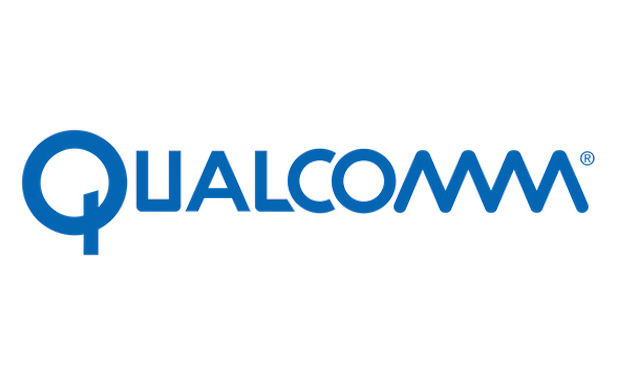Qualcomm will make available a commercial 5G chipset, the Snapdragon X50 5G modem, for 5G network and device testing in the second half of next year, it said today, amid a flurry of high-tech announcements.
The US firm’s new 5G modem will support peak download speeds of 5Gbps in early 5G smartphones and other 5G mobile devices, which are expected to go on sale in the first half of 2018. Qualcomm is the first chipset maker to confirm its roadmap for commercial launch of a 5G modem chipset.
The X50 5G modem will support operation in millimeter wave (mmWave) spectrum in the 28GHz band at the outset, and employ multiple-input, multiple-output (MIMO) antenna technology with adaptive beam forming and beam tracking techniques, allowing for non-line-of-sight broadband connectivity.
Qualcomm said it will allow operators to test and deploy their 5G networks sooner, and device makers to do the same with 5G terminals; Qualcomm will push for quicker standardisation of the radio technology on the back of these trials.
Meanwhile, its work with Telstra, Ericsson and Netgear to develop the first LTE mobile device and commercial LTE network capable of reaching 1Gbps data speeds has started to bear fruit, it said.
Netgear’s new MR1100 router, based on Qualcomm’s Snapdragon X16 LTE modem and Wi-Fi solutions, is the first consumer device capable of reaching such download speeds, combining 3x carrier aggregation, and 4×4 MIMO on two aggregated carriers and 2×2 MIMO on the third, as well as 256-QAM higher order modulation.
In parallel, Qualcomm said Australian operator Telstra’s LTE network, optimised by Ericsson, now also supports 1Gbps download speeds. Qualcomm demonstrated the Netgear and Telstra technologies together at its 4G/5G Summit today in Hong Kong.
Qualcomm confirmed three new Snapdragon processors at the same event. The new Snapdragon 653, 626 and 427 chips include its X9 LTE modem, and support Qualcomm Cat 7 downlink speeds of up to 300Mbps, and Cat 13 uplink speeds of up to 150Mbps; the last measure represents a 50 percent uplift on the old X8 LTE modem, the company said.
They also allow for LTE Advanced carrier aggregation with up to 2x20MHz channels in the downlink and uplink, as well as support for 64-QAM in the uplink.
All allow fast charging, with Qualcomm’s Quick Charge 3.0 technology, as well as the Enhanced Voice Services (EVS) codec on VoLTE calls. Support for dual camera has also been extended from the Qualcomm’s Snapdragon 800 series chipsets to its 600 and 400 tiers.
The Snapdragon 653 and 626, ship at the end of the year; the 427 will be available in early 2017.
As well, Qualcomm claimed its IoT-focused MDM9206 LTE modem, designed for LTE category M1 networks and upgradeable to work with NB-1 narrowband technologies also, has found widespread support among manufacturers.
The company has also completed the first over-the-air connection via MulteFire, a competing IoT technology operating in unlicensed spectrum, using listen-before-talk (LBT). The test showed MulteFire can deliver LTE-like performance whilst “fairly co-existing” with Wi-Fi on the same channel in unlicensed spectrum, it said.
Elsewhere, Qualcomm has expanded its Snapdragon connected camera portfolio, used in consumer and industrial solutions, to incorporate on-camera deep learning and video analytics, 4K HEVC video encoding, Linux support, new security features and broader LTE, Wi-Fi and Bluetooth connectivity.



